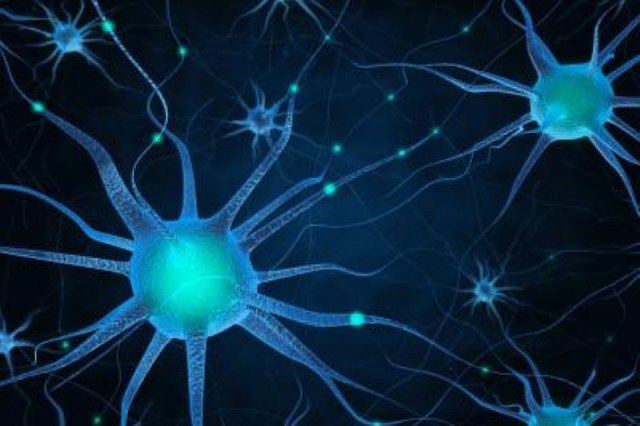
A team of neuroscientists from the Irving Medical Center of Columbia University and the University of California, San Francisco (USA) has been able to identify the 'anxiety cells' located in the brain's hippocampus, which can not only regulate anxiety and the behavior associated with it, but control them by light (optognetics), at least in mice.
The findings, so far demonstrated in experiments with laboratory mice, could offer a glimmer of hope for millions of people around the world who experience anxiety disorders such as social phobia or Obsessive Compulsive Disorder (OCD), by generating new drugs that they silence this restlessness by controlling certain neurons.
"We wanted to understand where the emotional information involved in the sensation of anxiety in the brain is encoded," says neuroscientist Mazen Kheirbek, co-author of the paper.
To find out, the team used a technique called calcium imaging, inserting miniature microscopes into the brains of laboratory mice to record the activity of the cells in the hippocampus as the animals made their way around a path in the cage. However, the experiment cage was not an ordinary cage. The scientists built special labyrinths where some roads led to open spaces and elevated platforms, exposed environments that induce anxiety in the mice, due to increasing vulnerability to predators.
Far from the safety of the walls, something happened in the brains of the mice: the more anxious the mice behaved, the greater the activity of the neurons in a part of the hippocampus called ventral CA1 (vCA1).
"We call them anxiety cells because they only activate when the animals are in places that cause them an innate fear," explains Rene Hen, co-author of the work.
Source: http://misteriodesconocido.org
This post has received a 0.22 % upvote from @drotto thanks to: @alanparker.
Downvoting a post can decrease pending rewards and make it less visible. Common reasons:
Submit